Waterworld: Hiroshi Sambuichi goes underground in Frederiksberg
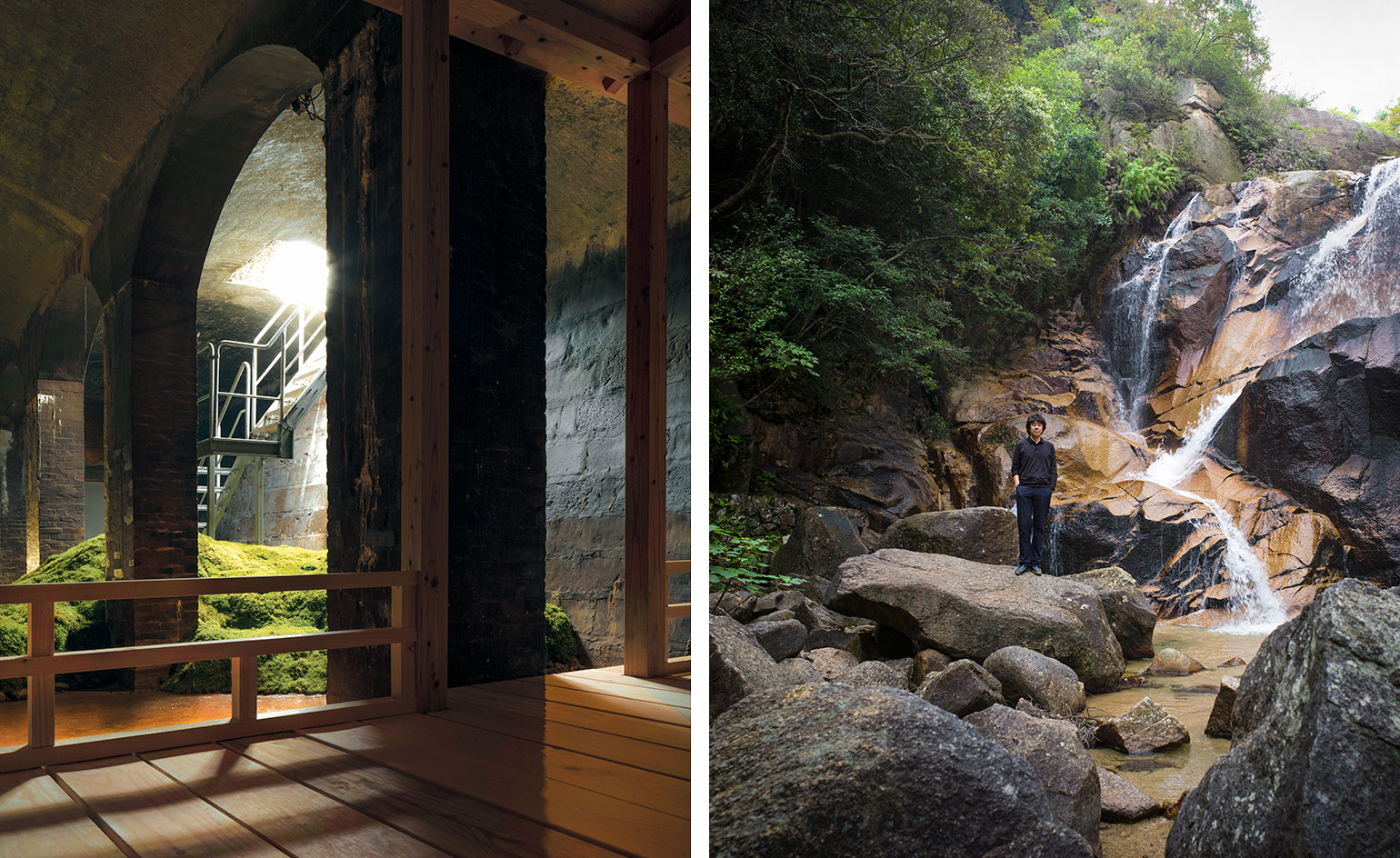
In 1853, the cholera-plagued inhabitants of Copenhagen realised that the poor hygiene of the city's water supply was a major cause of the epidemic. Thus, they decided to construct a 16 million litre underground reservoir that saved the city from further outbreaks of contagious disease.
Buried underneath a hill in front of Frederiksberg Palace, the cistern functioned as Copenhagen's fresh water supply until 1933. In 1996 it was turned into an exhibition space. With a constant humidity of close to 100 per cent, a cool temperature with a mean value around 8.8ºC and a strangely high concentration of CO2 (about 4,000 ppm: ten times higher than the 400 ppm above ground) the cisterns, or 'Cisternerne', as the exhibition space is known in Danish, is anything but your regular gallery or art museum.
For Wallpaper* Design Award-winning architect Hiroshi Sambuichi the space couldn't be more interesting. When he met museum director Astrid la Cour in 2015 and saw the space for the first time, 'he immediately understood the unique character of the place and agreed to stage his first major project outside of Japan', la Cour explains.
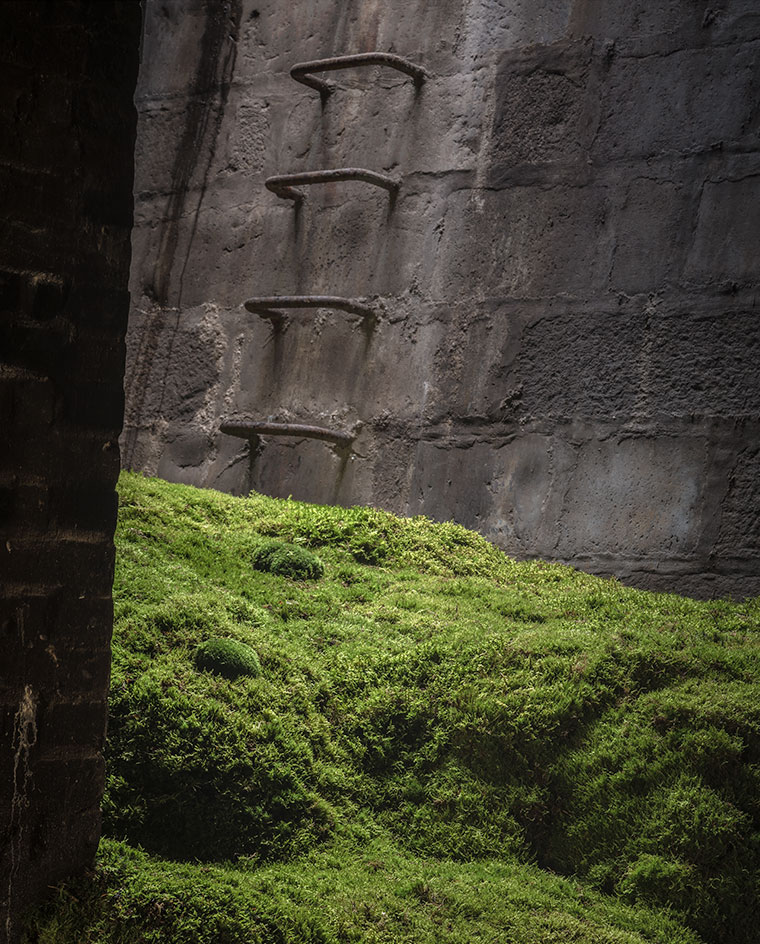
A small island covered with 40 sq m of moss from the nearby Gribskov forest has been constructed in the space. Photography: Jens Lindhe
With architectural references to the magical Itsukushima Shrine on Hiroshima bay's Miyajima island, and Sambuichi's experience working underground at the Inujima Seirensho Art Museum, the exhibition in Denmark will take visitors on a tour of the Cisternerne's unique climate via a beautifully constructed walkway made of more than 30 tonnes of imported Japanese cedar and cypress, and made in-situ by a team of eight master carpenters from Japan.
It's been a busy couple of months for Sambuichi's Danish associate partner, Alex H Lee, who has been in charge of the product since initial planning started in February 2016. The containers of material were delayed en-route from Japan, only arriving on 1 March – so the team only had three weeks to complete a project they'd originally allocated over double that time to.
In line with much of Sambuichi's work, the exhibition is only illuminated by the sun, with clever use of angled mirrors that bring natural light into the underground grotto. A small island covered with 40 sq m of moss from the nearby Gribskov forest has been constructed to see how well moss will grow in this CO2 heavy atmosphere ('Moss loves CO2,' Lee explains). On sunny days, when conditions are right, visitors will also be met by a 12m shower curtain, creating rainbows deep underneath the lush green lawn of Frederiksberg park.
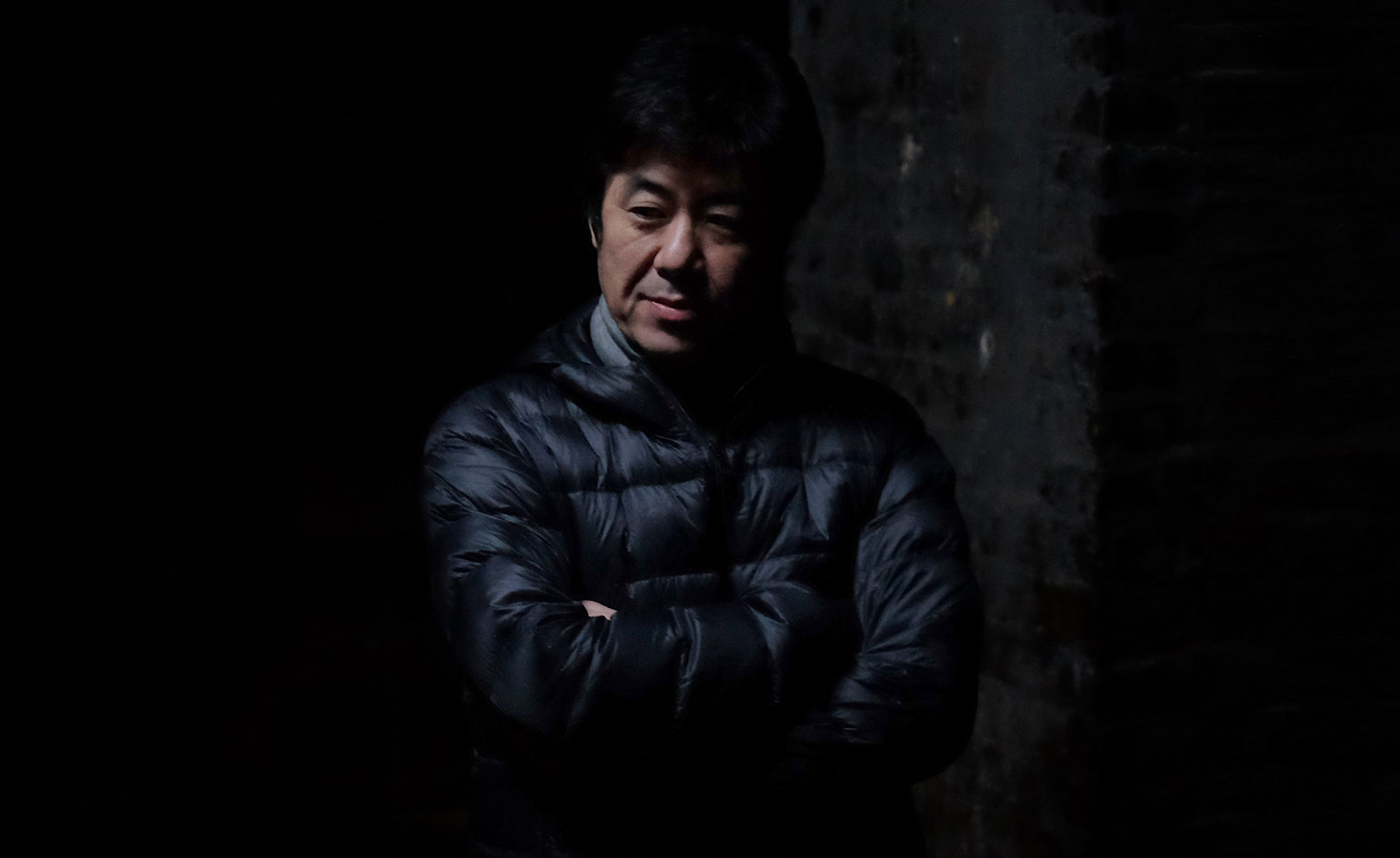
Hiroshi Sambuichi. Photography: Palle Bo Nielsen
INFORMATION
'The Water' runs from 21 March 2017 – 2 February 2018. For more information, visit the Cisternerne website
ADDRESS
Cisternerne
Søndermarken
2000 Frederiksberg
Receive our daily digest of inspiration, escapism and design stories from around the world direct to your inbox.
Originally from Denmark, Jens H. Jensen has been calling Japan his home for almost two decades. Since 2014 he has worked with Wallpaper* as the Japan Editor. His main interests are architecture, crafts and design. Besides writing and editing, he consults numerous business in Japan and beyond and designs and build retail, residential and moving (read: vans) interiors.
-
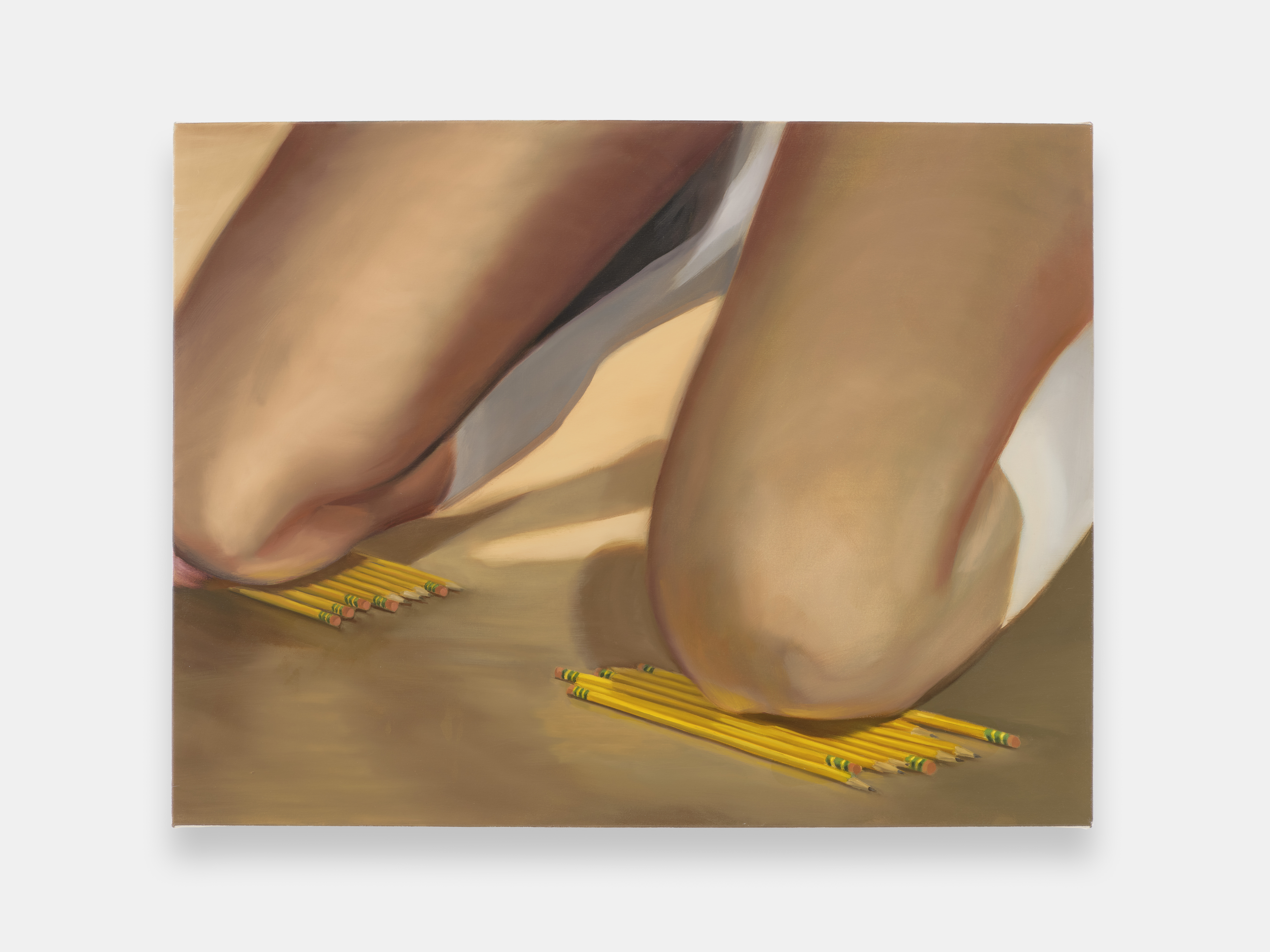 ‘I want to bring anxiety to the surface': Shannon Cartier Lucy on her unsettling works
‘I want to bring anxiety to the surface': Shannon Cartier Lucy on her unsettling worksIn an exhibition at Soft Opening, London, Shannon Cartier Lucy revisits childhood memories
-
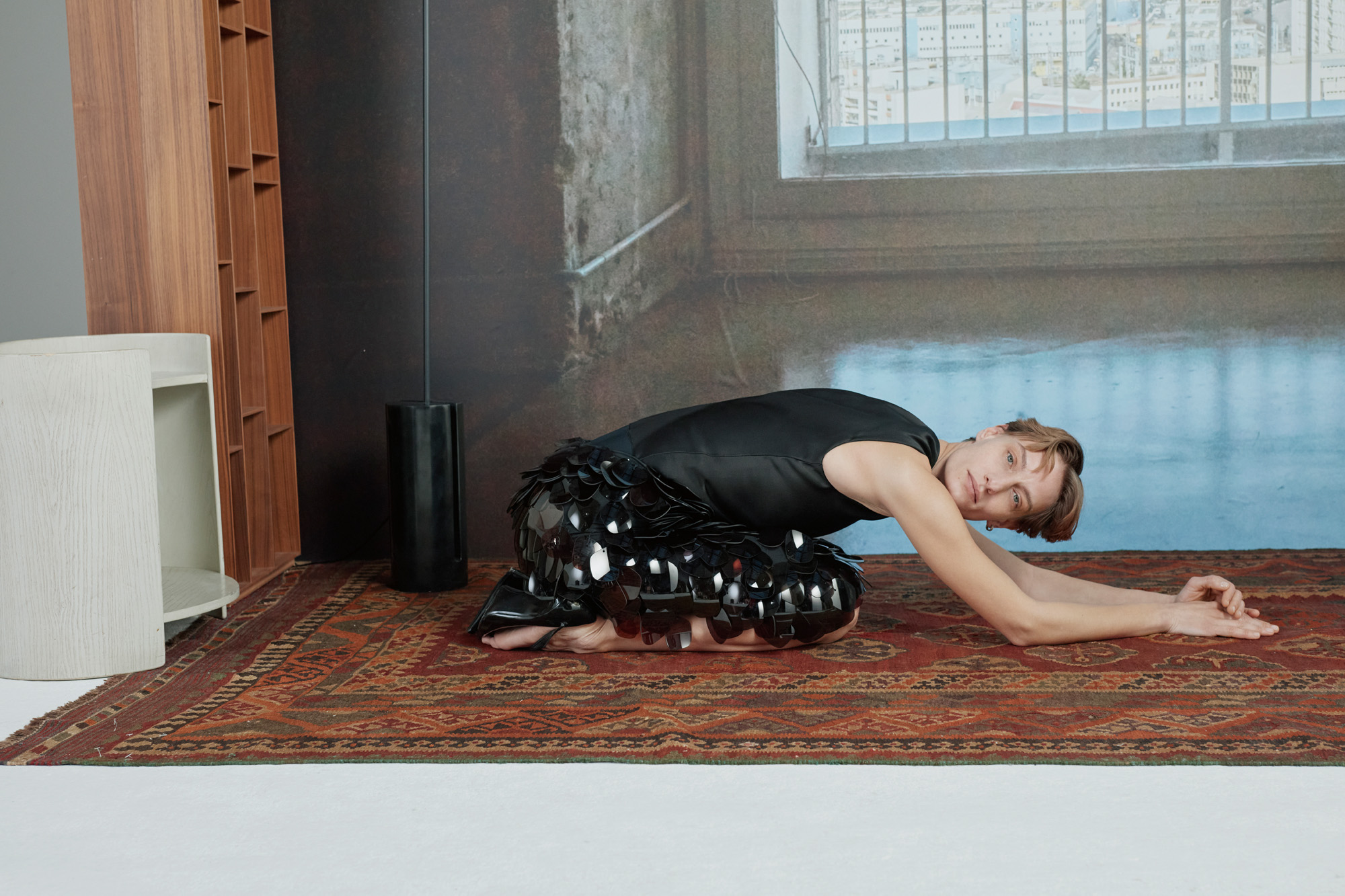 What one writer learnt in 2025 through exploring the ‘intimate, familiar’ wardrobes of ten friends
What one writer learnt in 2025 through exploring the ‘intimate, familiar’ wardrobes of ten friendsInspired by artist Sophie Calle, Colleen Kelsey’s ‘Wearing It Out’ sees the writer ask ten friends to tell the stories behind their most precious garments – from a wedding dress ordered on a whim to a pair of Prada Mary Janes
-
 Year in review: 2025’s top ten cars chosen by transport editor Jonathan Bell
Year in review: 2025’s top ten cars chosen by transport editor Jonathan BellWhat were our chosen conveyances in 2025? These ten cars impressed, either through their look and feel, style, sophistication or all-round practicality